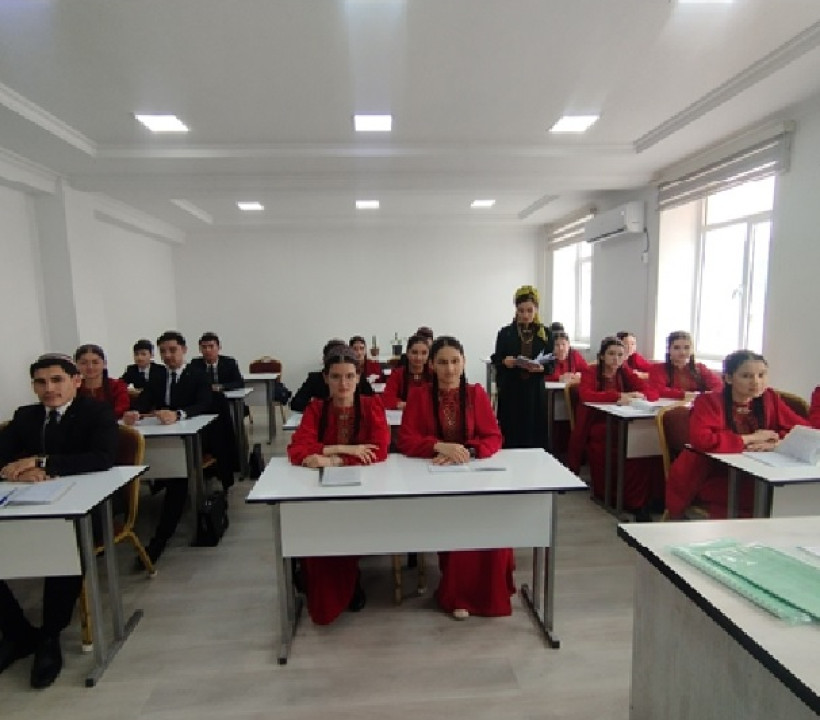Economy of Turkmenistan in the world

According to the goals of the “Revival of a new era of a stable state: the National Program for the Socio-Economic Development of Turkmenistan for 2022-2052” and the “Program of the President of Turkmenistan for the Socio-Economic Development of Turkmenistan” of the country in 2022-2028,” the policy of neutrality of Turkmenistan is of global strategic importance. As a tool, it is aimed at further developing cooperation with countries of the world and the region, as well as with authoritative international organizations. Diversification of the national economy of the state, the introduction of high technologies and digitalization processes into the system provide a powerful impetus for active participation in the global economic space and world economic relations.
Turkmenistan attaches great importance to cooperation with various countries of the world in high-tech industries, the introduction of modern advanced knowledge and management solutions in the context of a rapidly developing national economy. With the adoption of medium-term and long-term government programs, Turkmenistan is provided with developed capacities in the electric power industry, oil and gas production, oil refining, chemical and petrochemical industries, mechanical engineering and iron processing, production of building materials, light and food industries. The fields of the Turkmen part of the Caspian Sea are being developed jointly with foreign partners. The fields in the Turkmen part of the Caspian Sea are being developed jointly with foreign partners. Construction of the Turkmenistan-Afghanistan-Pakistan-India gas pipeline continues. This new energy bridge will ensure long-term transportation of Turkmen natural gas to large countries in South Asia, and will serve as a powerful impetus for the socio-economic development of the entire region, business cooperation and the strengthening of peace. The transport and logistics strategy implemented by Turkmenistan is rooted in ancient times - the Great Silk Road. Today Turkmenistan is implementing transit transport projects in the North-South and East-West directions. Turkmenistan-Azerbaijan-Georgia-Turkey, Uzbekistan-Turkmenistan-Iran-Oman-Qatar and TRACECA are actively involved in the creation of international transport corridors. In addition, projects were implemented for the construction of road and railway bridges across the Amu River, international airports in Ashgabat, Turkmenbashi, Turkmenabat, Kerki, and an international seaport in Turkmenbashi. Turkmenistan is guided by strategic objectives and program documents in clearly defined areas, is committed to continuing comprehensive mutually beneficial trade and economic relations with foreign countries, international and regional economic and financial organizations and institutions, and is intensifying efforts to solve existing problems. in this area. Policy to strengthen relations with the Organization for Economic Cooperation and Development, the International Monetary Fund, the World Bank Group, the European Bank for Reconstruction and Development, the Asian Development Bank, the Islamic Development Bank and other financial and economic entities. active cooperation is underway. The efforts made in the foreign economic system are aimed at strengthening the country’s position in world economic relations, developing new markets and increasing export opportunities and foreign investment, exporting Turkmen goods and services to the world market, making full use of the capabilities of international and regional economic and financial organizations. It is also aimed at to create a positive image of the country before the economic and financial communities of the world.
Teacher: Ashirova Makhrijamal





